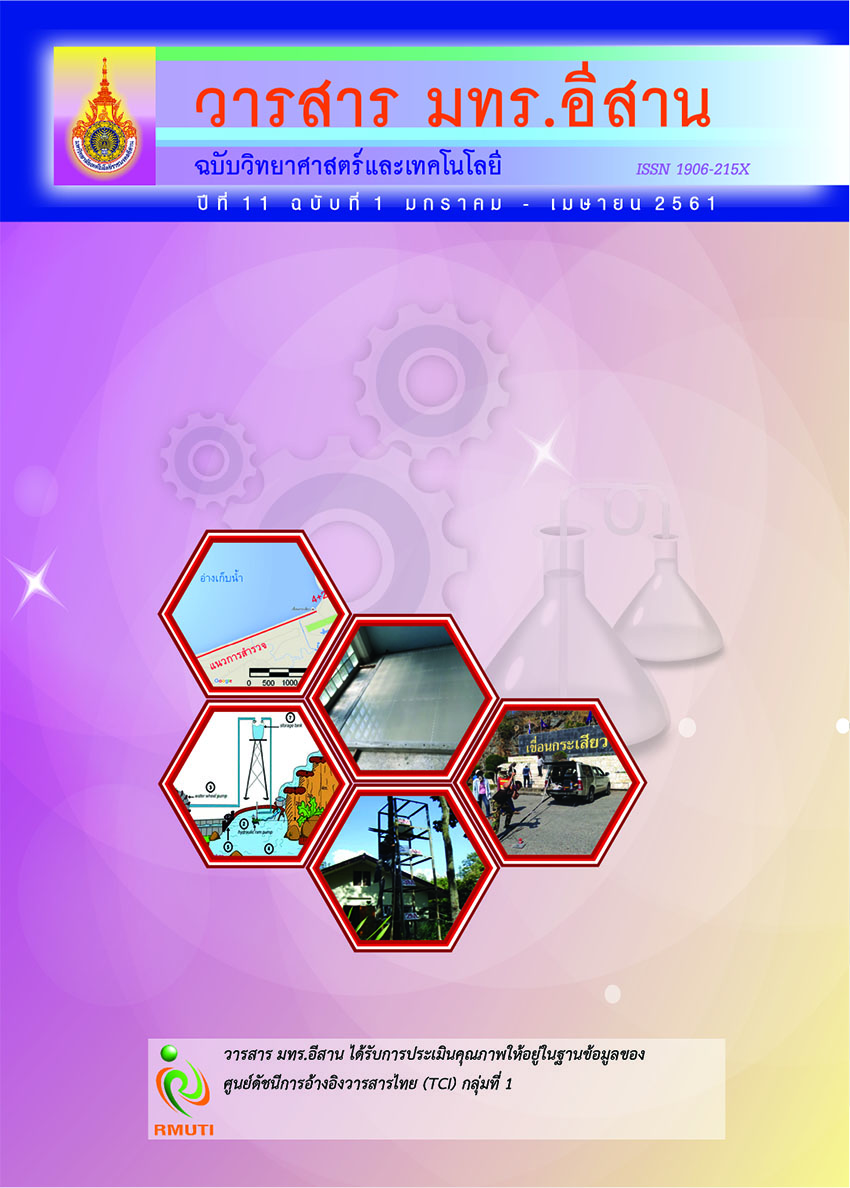Method of Trip-Chaining and Tour Formation for Travel Demand Model Development
Main Article Content
Abstract
Today, trip-chaining and tour formation gained broad interest in the area of travel demand
modeling arena since the idea of the tour carefully models travel patterns of each person
and chain them to his/her most important purpose of travelling. Due to the increasing
number of the vehicle ownership and family members who work to support their
household as well as the changing in suburban land-use patterns, it is likely to see the
escalation of trip-chaining, the non-home-based or NHB trip is relatively high. Furthermore,
the recent Trip-based model is not good enough to model NHB trip. Therefore, model
which will be developed by taking a careful consideration of this phenomenon will
infl uence greatly on the eff ectiveness of the model. On the other hand, Tour-based model
is able to capture interaction between trips made in the same trip chain using tour as the
foundation of decision making, that is, the sequence of trip that originate and end at home.
This paper presents how to create a chained trip and generate tours using surveys of
daily trips within Khon Kaen municipality in 2015. The results show that NHB were found
in every tour’s purpose; however, the diff erence lie in the trip distribution, is work trip
distribution ranks the highest, followed by school trip distribution. Trip distribution
for NHB was found uneven in each direction of trip because of diff erent travel behaviors.
The highest trip distribution began at work ended at home trip follow by the one that
began at work ended at work trip while the lowest distribution was that began at home
ended at work trip.
Article Details
References
[2] Vovsha, P., Bradley, M., and Bowman, J. L. (2005). Activity-Based Travel Forecasting Models in
the United States: Progress Since 1995 and Prospects for the Future. The EIRASS Conference
on Progress in Activity-Based Analysis. May 28-31, 2004, Vaeshartelt Castle, Maastricht,
The Netherlands.
[3] Milthorpe, F. and Daly, A. (2010). Comparison of Trip and Tour Analysis of Sydney Household
Travel Survey Data. In Australasian Transport Research Forum 2010 Proceedings.
29 September - 1 October 2010, Canberra, Australia
[4] Bradley, M., Bowman, J., and Lawton, T. K. (1999). A Comparison of Sample Enumeration and
Stochastic Microsimulation for Application of Tour-Based and Activity-Based Travel Demand
Models. The European Transport Conference, Cambridge.
[5] Hall, R. (2012). Handbook of Transportation Science. Springer Science & Business Media.
[6] Siripirote, T., Sumalee, A., Watling, D. P., and Shao, H. (2014). Updating of Travel Behavior Model
Parameters and Estimation of Vehicle Trip Chain Based on Plate Scanning. Journal of
Intelligent Transportation Systems. Vol. 18, No. 4, pp. 393-409
[7] Primerano, F., Taylor, M. A., Pitaksringkarn, L., and Tisato, P. (2008). Defi ning and Understanding
Trip Chaining Behaviour. Transportation. Vol. 35, No. 1, pp. 55-72
[8] Venu, M. Garikapati, Daehyun You, Ram, M. Pendyala, Kyunghwi Jeon, Vladimir Livshits, and
Peter, S. (2015). Tour Characterization Framework Incorporating Activity Stop-Sequencing
Model System. Transportation Research Record. Vol. 2, No. 2494, pp. 77-86
[9] McNally, M. and Rindt, C. (2008). The Activity-Based Approach. In Handbook of Transport
Modelling.
[10] Cascetta, E. (2009). Transportation Systems Analysis: Models and Applications. Springer
Science & Business Media.
[11] Donnelly, R. (2010). Advanced Practices in Travel Forecasting. Transportation Research Board.
[12] P. B. Consult and Gallup Corporation. (2005). The Integrated Regional Model Project. Vision
Phase Final Report.
[13] Ho, C. and Mulley, C. (2013). Incorporating Intrahousehold Interactions into a Tour-Based
Model of Public Transport Use in Car-Negotiating Households. Transportation Research
Record.
[14] Castiglione, J., Bradley, M., and Gliebe, J. (2015). Activity-Based Travel Demand Models.
A Primer.
[15] Davidson, W., Donnelly, R., Vovsha, P., Freedman, J., Reugg, S., and Hicks, J. (2007). Synthesis
of First Practices and Operational Research Approaches in Activity-Based Travel Demand
Modeling. Transportation Research Part A: Policy and Practice. Vol. 41, No. 5, pp. 464-488

